When the seasons change, your skin feels it first. That tight, itchy feeling? The dullness that no moisturizer seems to touch? Those are all signs your skin barrier—the body’s natural line of defense—is struggling.
As the air turns cooler and drier, your skin loses moisture faster than it can replace it. But with the right science-backed skincare (and a few smart changes), you can keep your skin healthy, hydrated, and comfortable all winter long.
What Exactly Is the Skin Barrier?
Think of your skin barrier as a brick wall.
The “bricks” are your skin cells, and the “mortar” is a mix of lipids—ceramides, cholesterol, and fatty acids—that seal everything together. When this barrier is strong, it locks moisture in and keeps irritants out.
But when the environment shifts—especially when temperatures drop and indoor air gets dry—that wall starts to crack. The result? Dehydration, irritation, and even inflammation.
(Engebretsen et al., 2016, Journal of the European Academy of Dermatology and Venereology)
How Cold, Dry Weather Disrupts Your Skin
1. The Humidity Drop
Studies show that low humidity and cold air significantly reduce barrier function and increase transepidermal water loss (TEWL)—the rate at which skin loses moisture.
In one clinical study, participants exposed to low humidity (20%) for just six hours showed higher TEWL and rougher skin texture compared to those in normal conditions.
(Park et al., 2023, Skin Research and Technology)
That means even a few hours in a heated, dry indoor environment can start drying your skin out.
2. Barrier Lipids Get Out of Balance
Low humidity triggers changes in how your skin makes lipids. When the air dries out, your skin produces fewer ceramides and fatty acids, both essential for a healthy barrier.
(Denda et al., 1998, Journal of Investigative Dermatology)
That lipid imbalance weakens your “mortar,” leaving gaps that let moisture escape and irritants sneak in. You’ll notice it as tightness, flakiness, and even redness.
3. Sensitivity Increases
When the barrier is weak, skin becomes more sensitive to products, wind, and temperature changes. That’s why some people who sail through summer suddenly find themselves reacting to everything in winter.
(Engebretsen et al., 2016)
How to Transition Your Routine for Colder Weather
Step 1: Switch to a Gentle Cleanser
Hot showers and harsh cleansers strip away natural oils—exactly what your skin needs right now. Instead, use a pH-balanced, non-foaming cleanser that respects your barrier.
Step 2: Moisturize Immediately After Cleansing
The best time to apply moisturizer is when your skin is slightly damp. That helps trap hydration before it evaporates. Look for ingredients like:
-
Hyaluronic acid – attracts water into the skin
-
Ceramides and lipids – rebuild the barrier
-
Soothing botanicals – calm irritation
Step 3: Add a Barrier-Repair Cream
This is where Rejûvaskin Skin Recovery Cream shines.
Originally developed to support compromised skin after medical treatments, it’s formulated to restore comfort and hydration even in harsh conditions.
-
Deep hydration: Humectants help draw moisture in and keep it there.
-
Barrier support: Botanicals and lipids help replenish what cold weather depletes.
-
Gentle & fragrance-free: Perfect for sensitive or post-treatment skin.
Use it morning and night—or as a recovery treatment for dry, rough patches. Your skin will feel softer and more resilient within days.
Step 4: Control Your Environment
-
Run a humidifier indoors to maintain healthy moisture levels.
-
Lower the heat a few degrees—constant hot, dry air accelerates water loss.
-
Dress in soft, breathable fabrics and cover exposed areas when outside.
Step 5: Don’t Skip Sunscreen
Even in winter, UVA rays penetrate clouds and glass, continuing to damage the barrier and accelerate aging. Use a lightweight SPF daily to protect your progress.
Why Skin Recovery Cream Belongs in Your Winter Routine
Unlike ordinary moisturizers, Skin Recovery Cream was designed for stressed, compromised skin—the same kind that struggles in cold, dry air.
It helps restore lipids, calm redness, and support repair, without heavy fragrances or irritants.
Whether your skin is dry, reactive, or just feels “off,” this cream gives your barrier what it needs most: balance, hydration, and calm.
-
Cold, dry weather reduces barrier function and hydration.
-
Low humidity and heating increase water loss (TEWL).
-
Gentle cleansing + lipid-rich moisturizer = essential combo.
-
Rejûvaskin Skin Recovery Cream replenishes and soothes dry, sensitive skin.
-
Protect with sunscreen and a humidifier for complete winter care.
Seasonal skincare isn’t about buying a dozen new products—it’s about listening to your skin and giving it what it needs as the environment changes.
Your skin’s barrier does a lot for you; this winter, return the favor by keeping it protected, hydrated, and strong.
Healthy barrier, healthy skin—no matter the season.
Works Cited
-
Denda, M. (1998). Low humidity stimulates epidermal DNA synthesis and reduces the threshold for barrier homeostasis recovery. Journal of Investigative Dermatology, 110(4), 321-327. Link
-
Engebretsen, K. A., Johansen, J. D., Kezic, S., Linneberg, A., & Thyssen, J. P. (2016). The effect of environmental humidity and temperature on skin barrier function and dermatitis. Journal of the European Academy of Dermatology and Venereology, 30(2), 223-249. Link
-
Park, E. H., Jo, D. J., Jeon, H. W., & Na, S. J. (2023). Effects of winter indoor environment on the skin: Unveiling skin condition changes in Korea. Skin Research and Technology, 29(1), e13397. Link
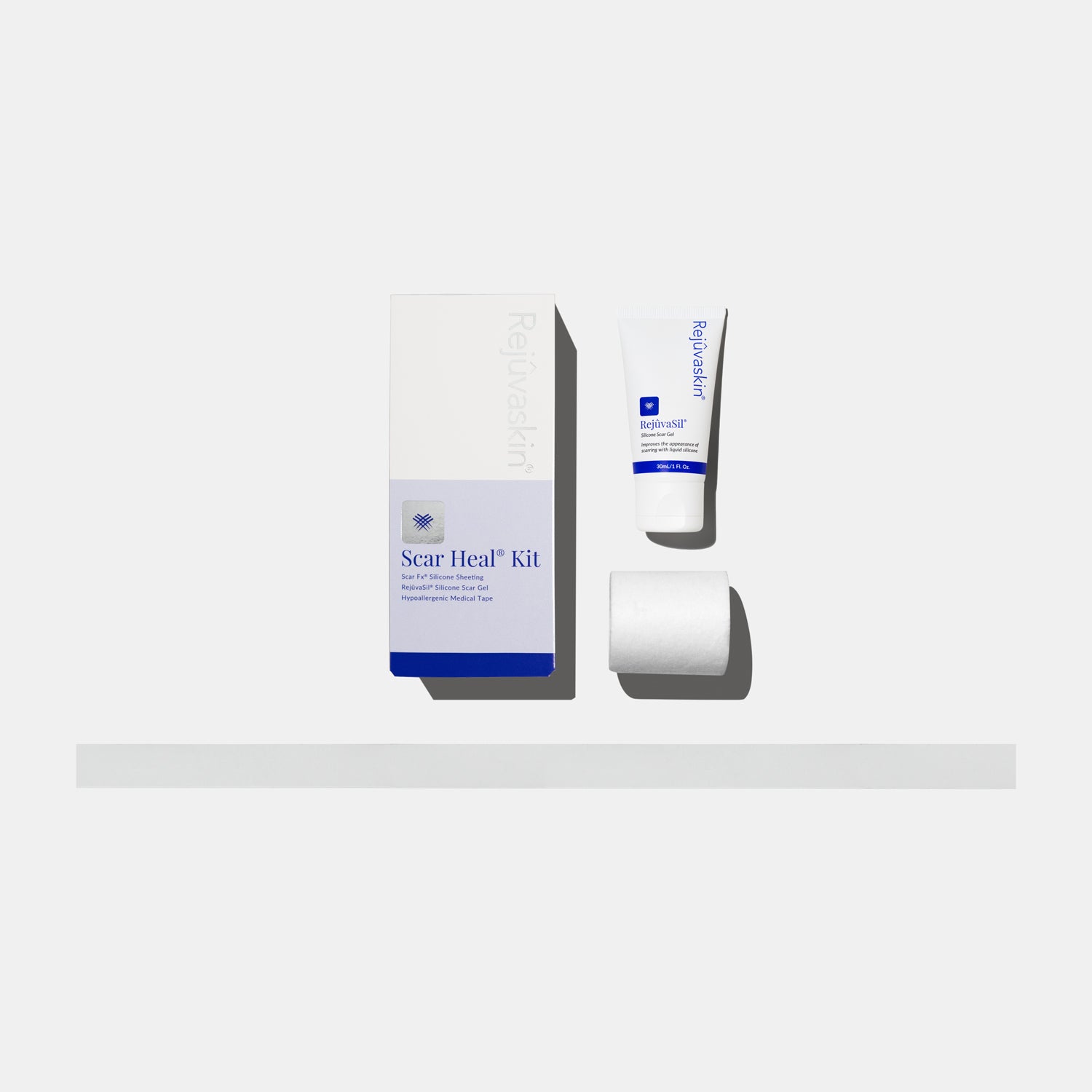


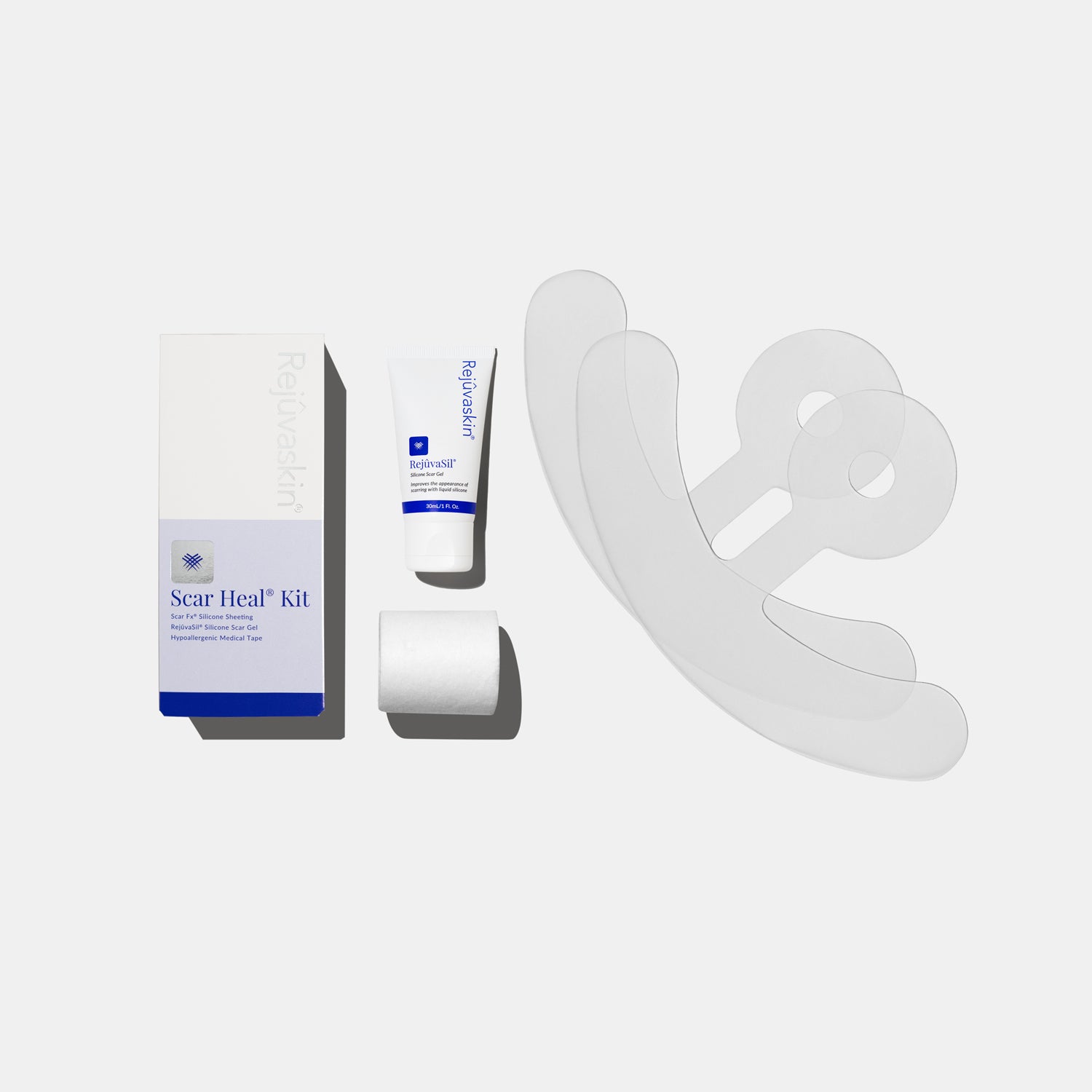
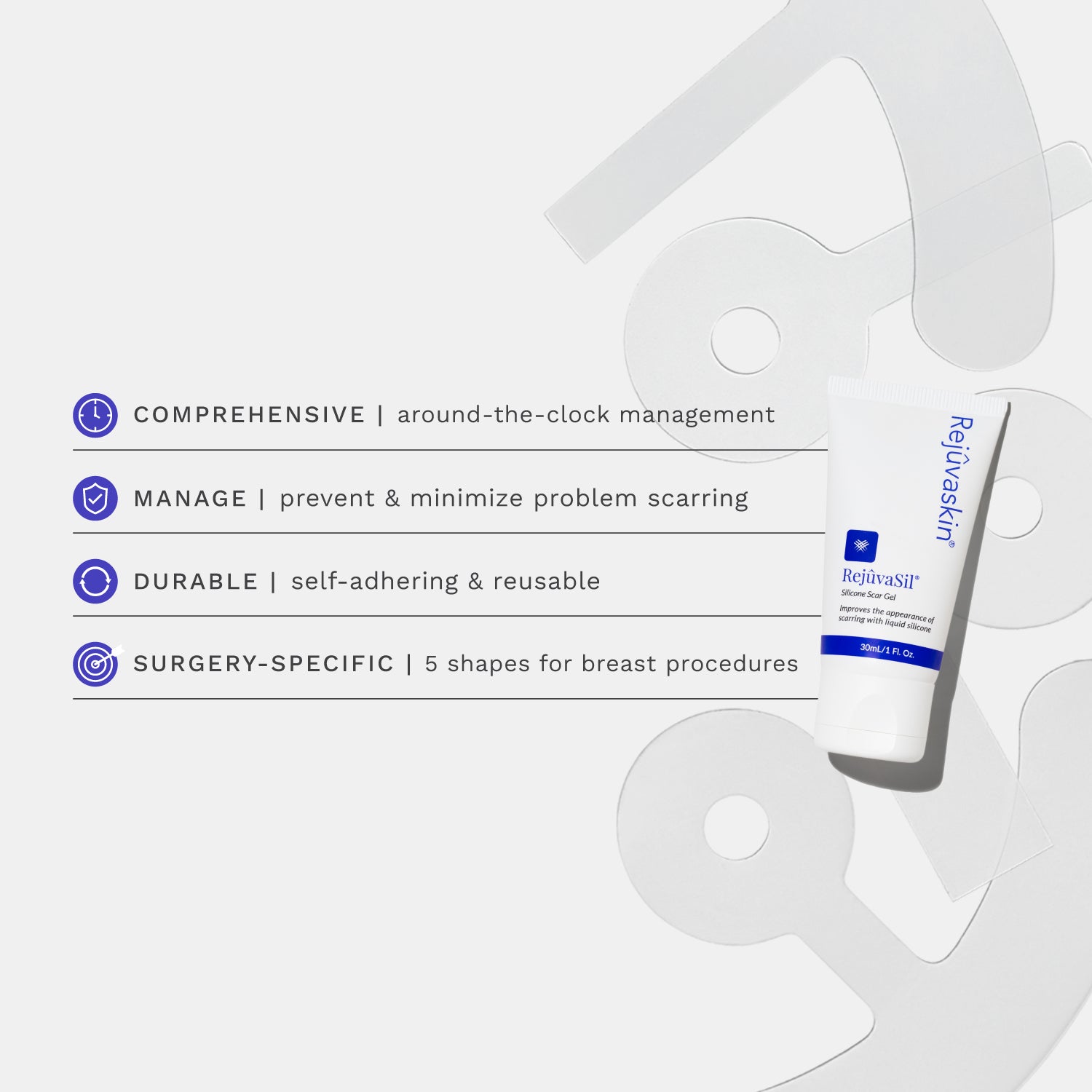
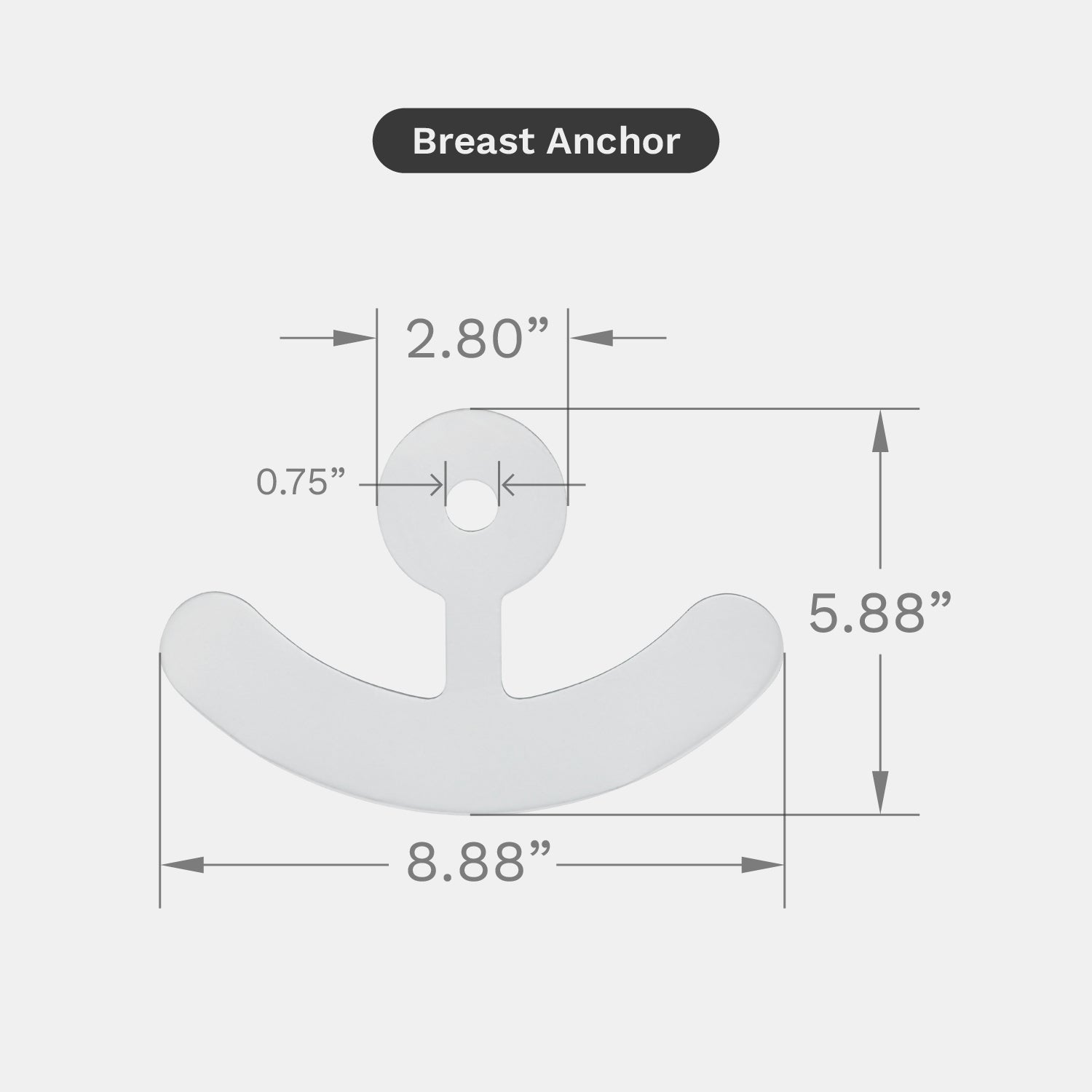
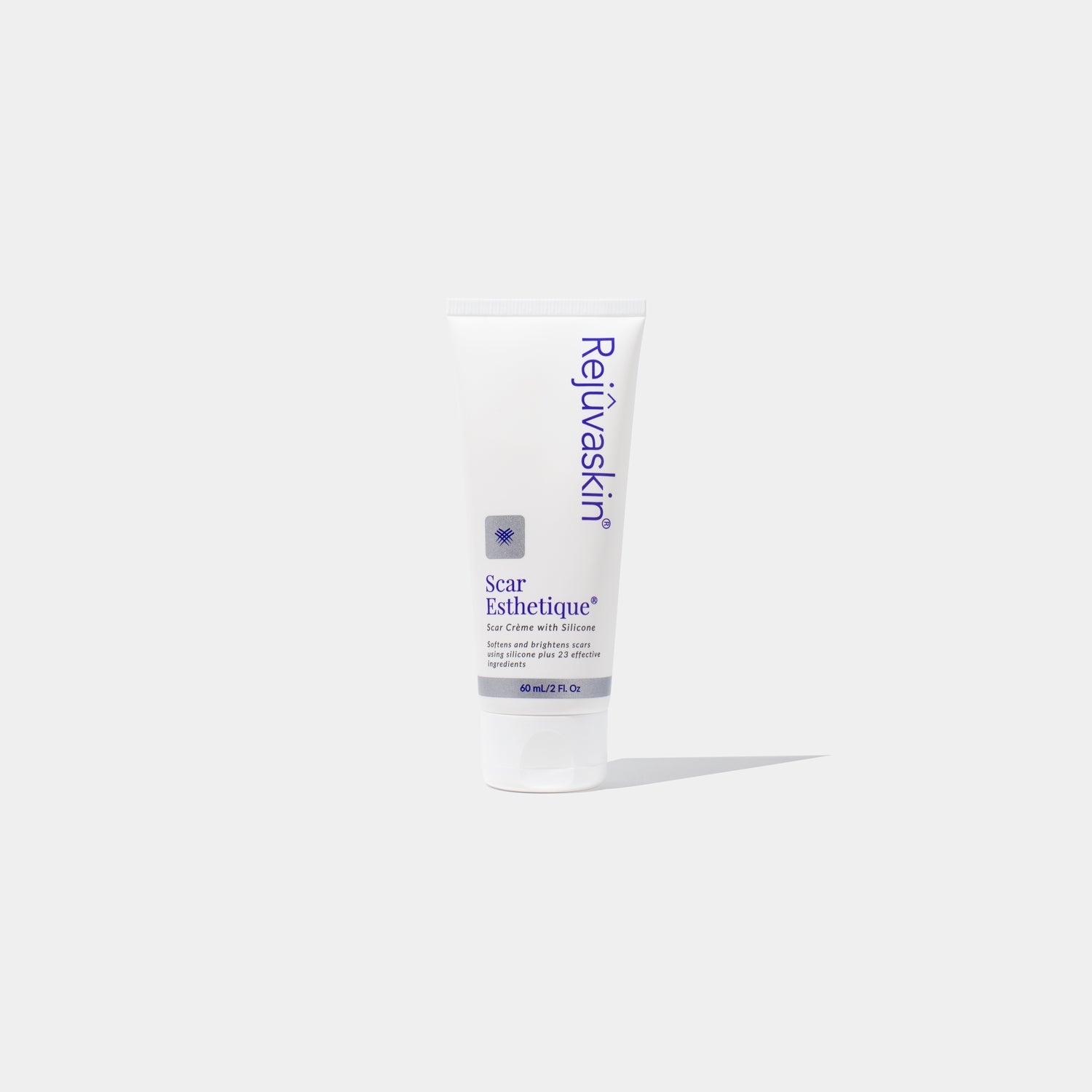
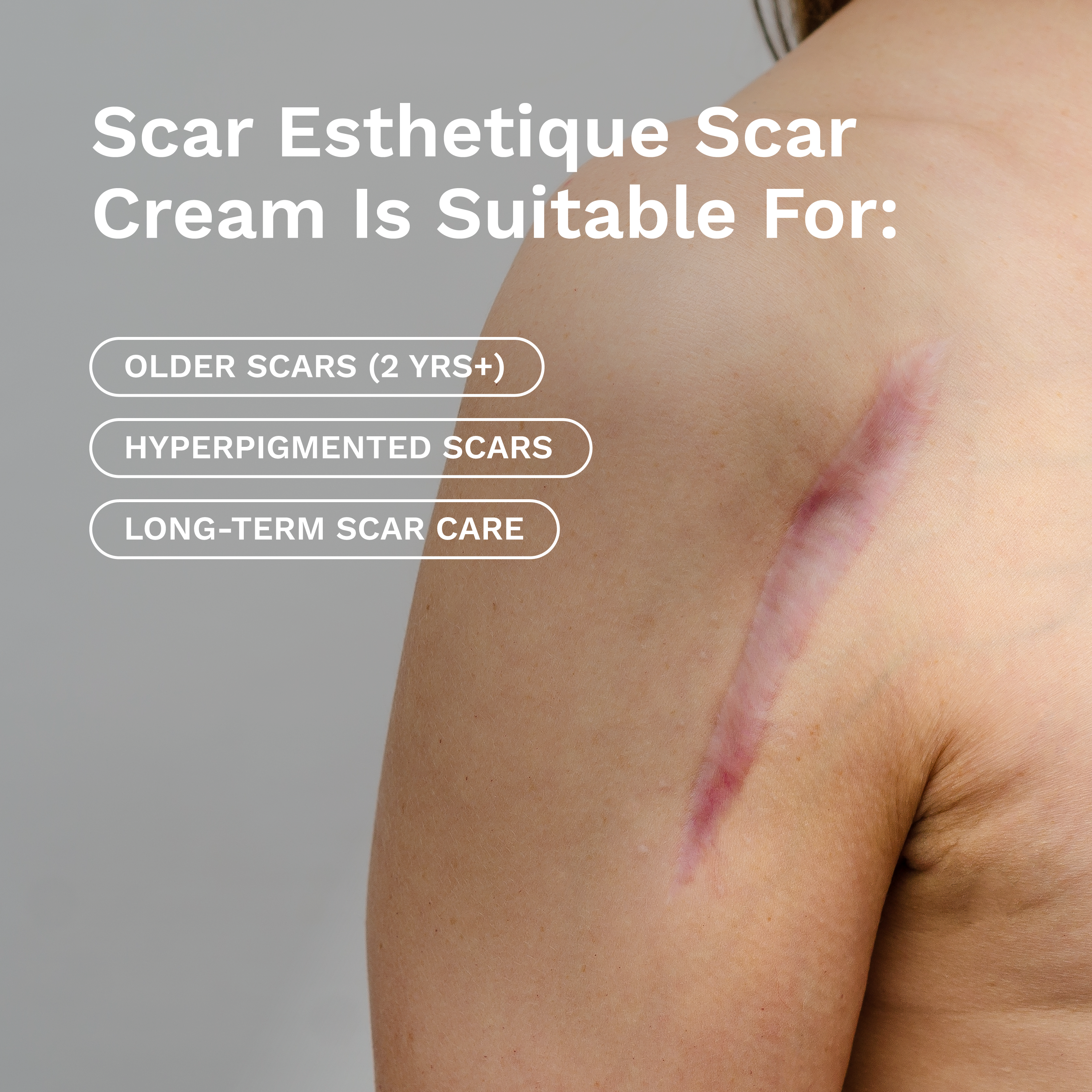








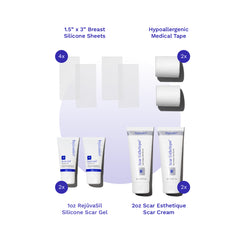
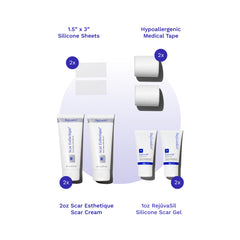

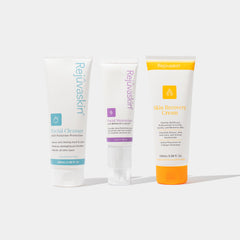
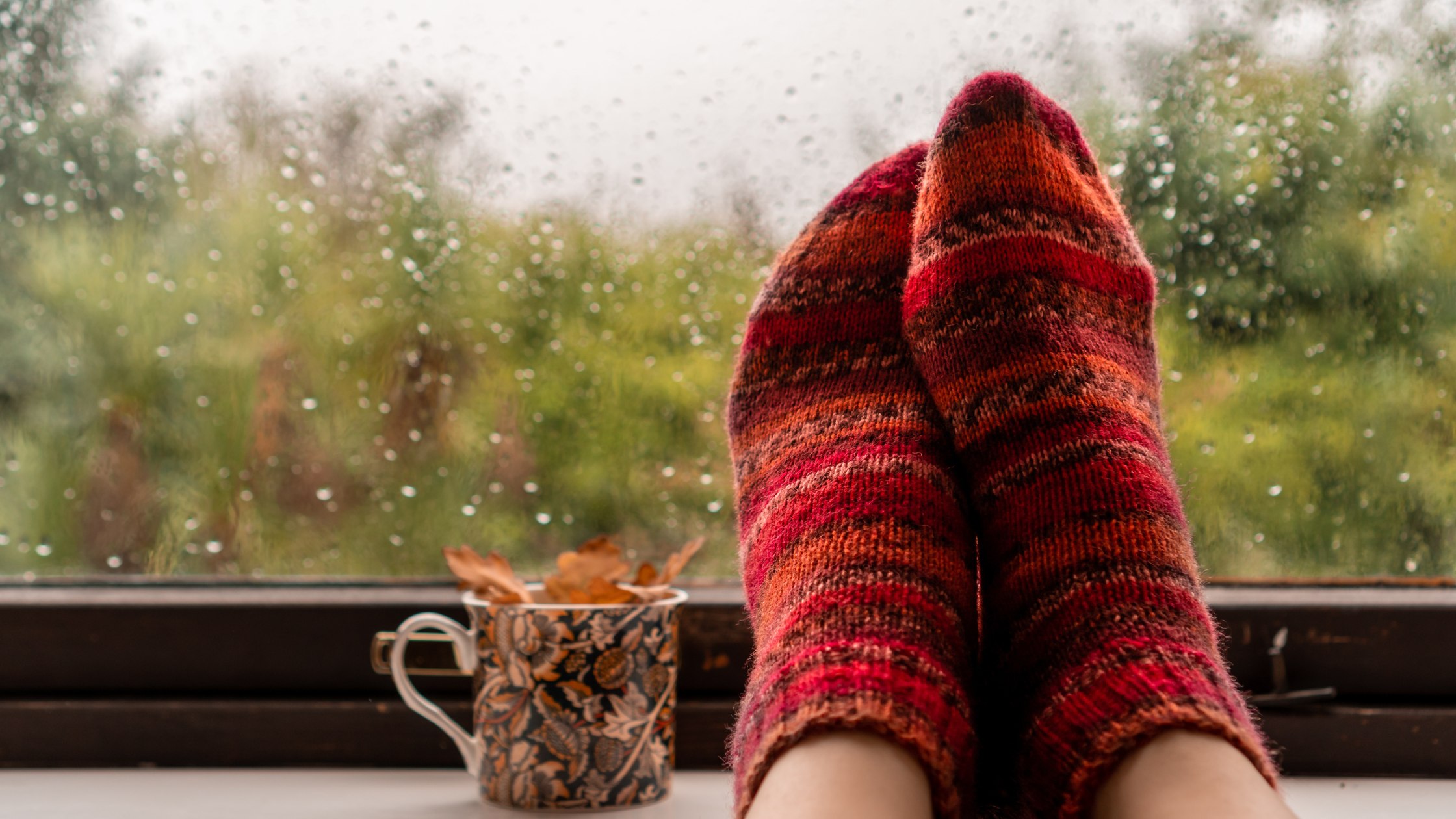
Leave a comment